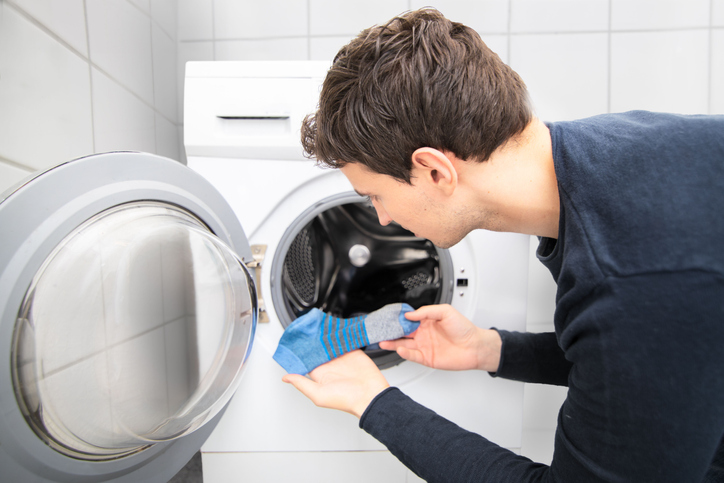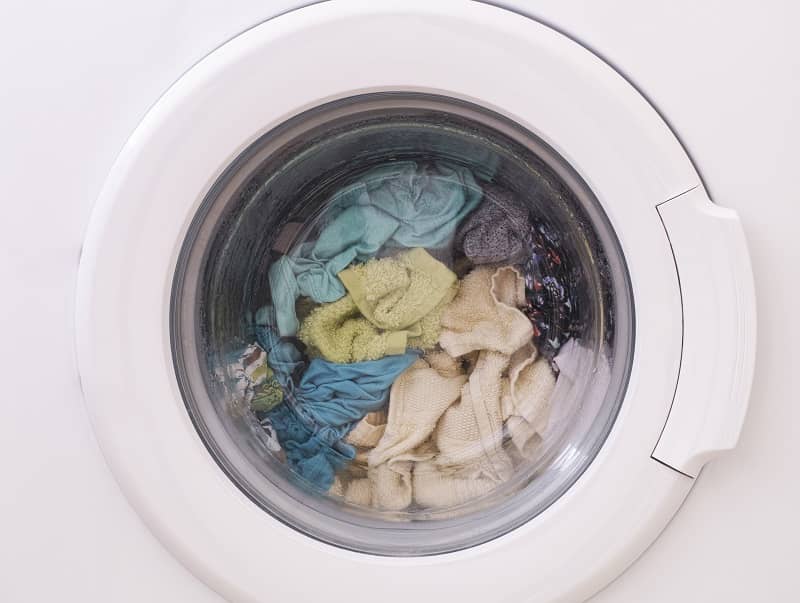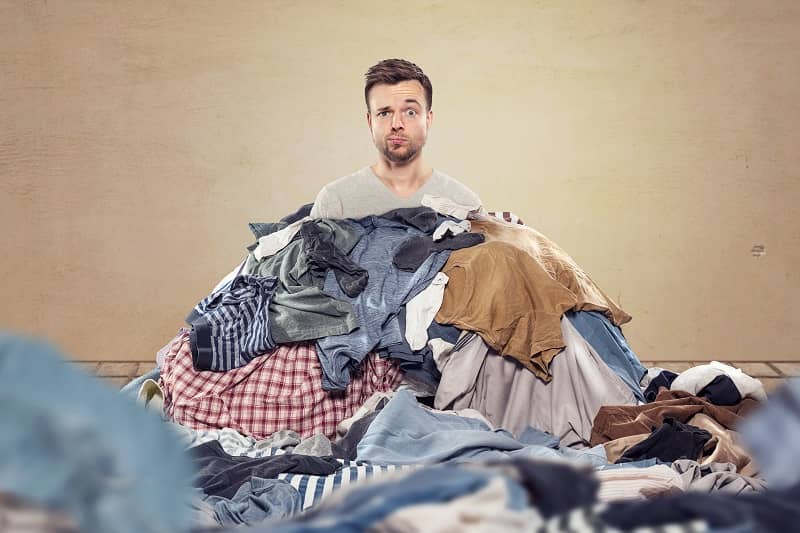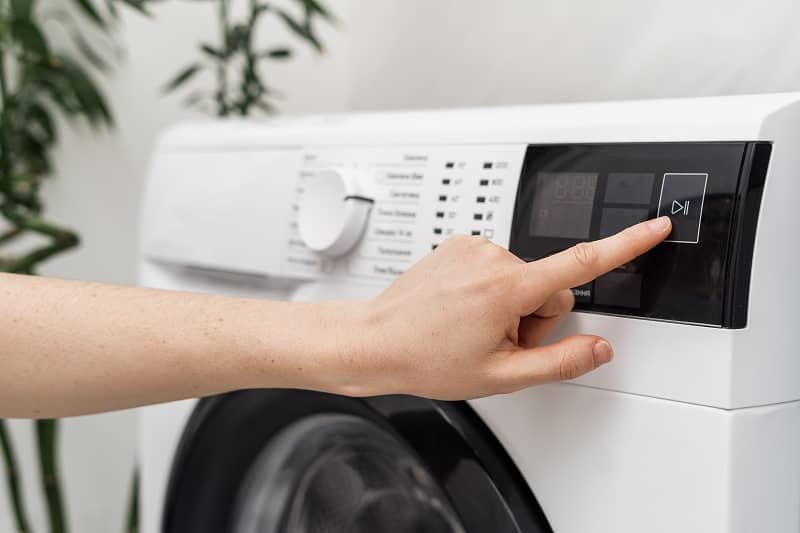Laundry comes with a universal puzzle that unites all laundry doers – the mysterious disappearance of socks.
This conundrum has caused individuals to accumulate a strange collection of single, solo socks. There’s no mischievous laundry gnome living in our washers and dryers, but the reasons behind these disappearances have more to do with…simple laundry machine quirks, human error, and static electricity.
Dynamics of Static Electricity
When socks vanish in your laundry cycle, the invisible force responsible is likely static electricity. In the space of a washing machine or dryer, socks can develop a static charge, causing them to cling to other clothes or even the drum itself. This static embrace may lead socks to hide within larger items like your sheets and towels. To outsmart static cling, be sure to use your various anti-static products or dryer balls to minimize the chances of your socks being lost within the folds.
Mixing Loads and Clothes Entanglements
The mixing of different fabrics and colors in a single laundry load is another common culprit. Socks, being relatively small and lightweight, can easily become entangled with larger items like shirts or the cuffs of your pants. This hidden alliance means that a single sock may be tucked away in folds or sleeves without you realizing, often found later.
Human Oversight and Error
Human oversights—like socks falling out of the laundry basket, not being pulled from the drum, or possibly being dropped during the transfer from washer to dryer—plays a contributing factor as well. Double checking that washer and dryer spaces are empty during transfers is critical, as is checking the laundry room space itself when finished that you have all your garments with you.
Keeping an eye on your socks from the moment they come off your feet, enter your laundry basket, and then into your laundry machines is a bit of a cumbersome ask. If all else fails, the day after Thanksgiving Black Friday sale is a good time to stock up on more pairs!






